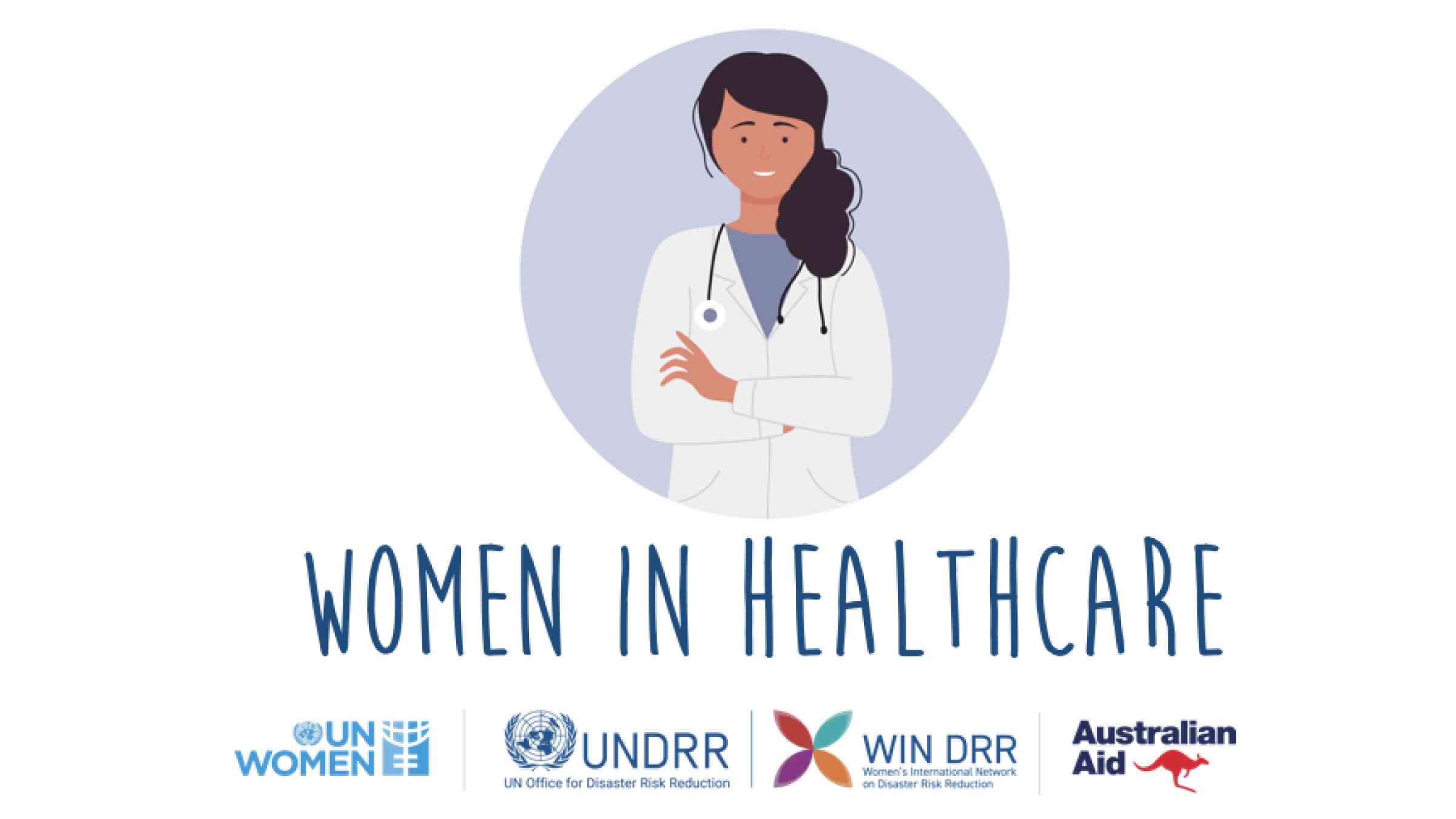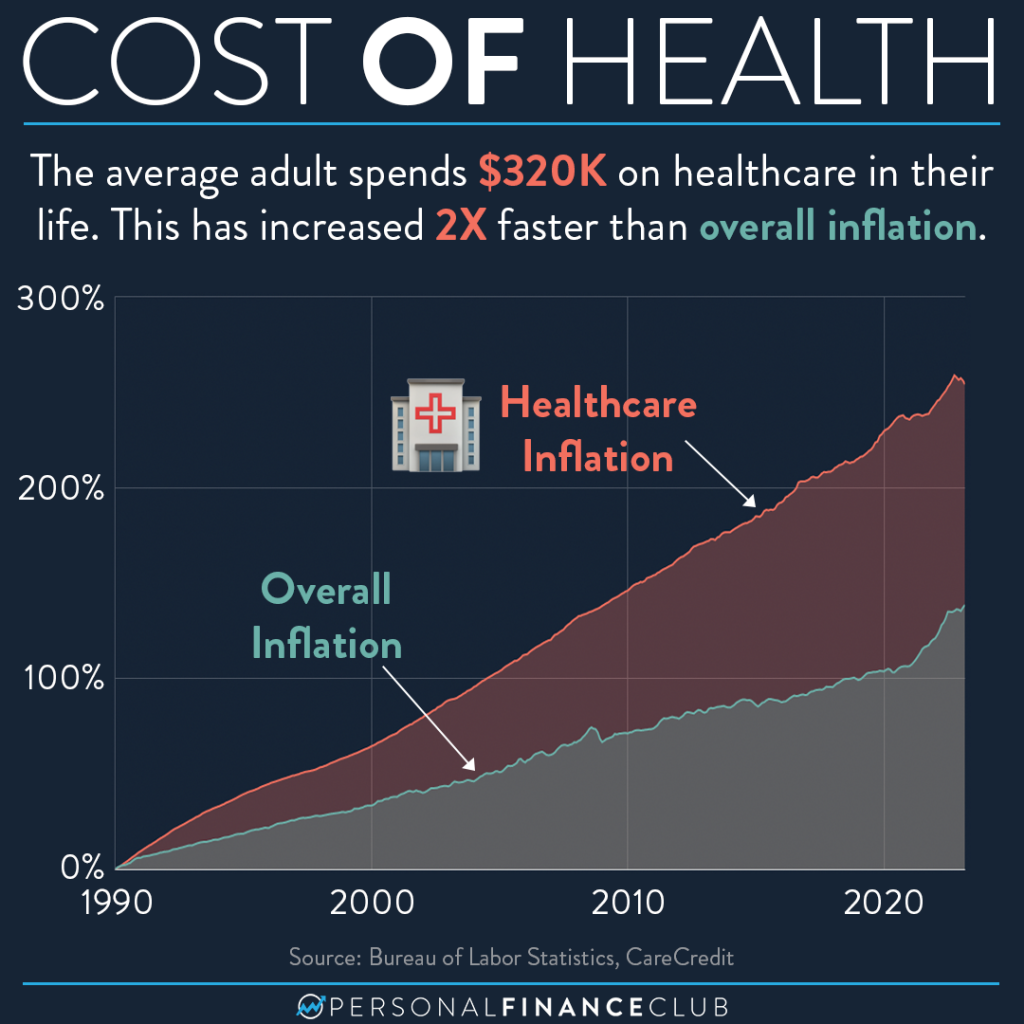Exactly How Healthcare RCM Solutions Streamline Invoicing and Collections
Wiki Article
A Comprehensive Overview on Exactly How Health Care RCM Functions to Simplify Invoicing and Collections
Navigating the complexities of healthcare profits cycle administration (RCM) is vital for suppliers aiming to improve their invoicing and collections procedures. The guide unboxes the intricacies of RCM, from person enrollment to accounts receivable management, supplying insights right into maximizing each action.Understanding Profits Cycle Monitoring
Comprehending the complexities of Revenue Cycle Management (RCM) is vital for healthcare organizations intending to enhance their economic performance. RCM is a vital administrative function that incorporates the entire financial process of client care, from the preliminary visit establishing to the final settlement of the equilibrium. It is a complex treatment developed to identify, gather, and manage the revenue from the solutions given to people. Efficient RCM guarantees that healthcare suppliers receive precise and prompt payments, lessening the danger of revenue loss and boosting capital.The RCM process starts when a person timetables an appointment and prolongs with the person's treatment journey, consisting of payment and collections. A crucial goal is to lower the time between offering a service and getting payment, hence enhancing the organization's monetary health and wellness. RCM involves various features such as patient registration, insurance confirmation, cost capture, coding, claims entry, payment uploading, and dealing with denials and allures.
Secret Elements of RCM
In the world of Earnings Cycle Management (RCM), understanding its essential elements is basic to accomplishing economic effectiveness within health care organizations. RCM is a detailed procedure that includes various stages, each important to making sure effective payment and collections. The primary elements consist of person enrollment, insurance confirmation, cost capture, coding, claim submission, payment posting, and receivable management.

As soon as coded, claims are sent to payers, where precision is extremely important to prevent hold-ups or beings rejected - Healthcare RCM. Payment publishing includes videotaping the received payments, which permits the settlement of accounts. Last but not least, receivables monitoring focuses on monitoring and resolving unpaid insurance claims, making certain prompt follow-up and resolution
Each component of RCM is interconnected, and inefficiencies in any kind of component can interrupt the entire cycle. As a result, grasping these elements is essential for healthcare service providers to enhance income and boost their economic health.
Methods for Reliable Invoicing

Standardizing payment treatments throughout visit their website the company is an additional crucial strategy. Establishing clear guidelines for paperwork, coding, and submission helps maintain consistency and compliance with regulatory demands. Educating team regularly on these procedures guarantees everyone is updated with the current adjustments in invoicing codes and payer policies.
Precise cost capture is necessary in preventing profits leak. Implementing normal audits and monitoring systems enables for the identification and modification of discrepancies prior to they influence profits. Furthermore, preserving open lines of interaction with payers helps to swiftly fix any conflicts or misconceptions that might occur.

Finally, engaging clients early in the billing procedure by giving clear quotes and instructional materials regarding their economic duties can significantly lower complication and improve payment timeliness. These approaches jointly add to a much more effective and financially healthy and balanced payment system.
Enhancing Collections Procedures
Provided the intricacies of medical try this out billing and the selection of payer requirements, boosting the collections process involves executing strategic steps that ensure timely and accurate payment of services provided. Automation tools can assist in tracking claim standings, sending out prompt tips to people, and managing rejections extra successfully.Educating personnel to understand the nuances of insurance plans and invoicing codes is just as vital. This understanding empowers them to address invoicing inconsistencies quickly and connect properly with clients concerning their economic responsibilities. Additionally, clear and clear person interactions are important. Offering comprehensive descriptions of costs and offering versatile layaway plan can boost individual satisfaction and prompt payments.
Regular audits of the collections procedure need to be performed to recognize locations for improvement and guarantee conformity with policies. By assessing information, health care organizations can recognize fads, expect potential problems, and adjust techniques accordingly (Healthcare RCM). Inevitably, a well-enhanced collections process not only supports financial health however likewise adds to a much more seamless experience for individuals and team alike
Optimizing Income Streams
Building upon the foundation of a strong collections procedure, health care companies can even more boost their monetary security by strategically optimizing income streams. This involves a multi-faceted method, beginning with a thorough evaluation of existing revenue sources to identify inadequacies and locations for development. Using innovative data analytics devices enables companies to acquire understandings into payer mix, person demographics, and solution utilization patterns, allowing for data-driven decisions that enhance profits capture.Carrying out automated payment systems can substantially reduce errors and expedite claims refining, guaranteeing that earnings is collected more effectively. Additionally, enhancing payer agreements with regular settlements can enhance compensation rates and terms, straight affecting the lower line. Diversifying solution offerings, such as including telehealth or wellness programs, can additionally attract a broader individual base, therefore raising earnings possibility.
Another crucial part is boosting person engagement and fulfillment, as pleased people are most navigate to these guys likely to stick to treatment strategies and make prompt settlements. Providing versatile payment alternatives and transparent invoicing methods can improve collections and foster client loyalty. Healthcare RCM. By embracing these strategies, health care companies can create an extra resilient economic framework, guaranteeing continual development and stability in an ever-changing industry landscape
Verdict
To conclude, healthcare Income Cycle Management (RCM) plays a vital role in enhancing billing and collections procedures by incorporating essential components such as patient registration, insurance policy confirmation, cost capture, coding, claims entry, and balance due administration. By employing advanced innovation, systematizing procedures, and cultivating patient engagement, doctor can considerably decrease case rejections, accelerate settlement cycles, and boost capital. This comprehensive approach to RCM eventually leads to improved monetary effectiveness and sustainability for health care organizations.The RCM process starts when an individual timetables a visit and extends via the client's treatment journey, consisting of payment and collections.One more critical part is improving individual interaction and complete satisfaction, as completely satisfied patients are extra most likely to adhere to therapy strategies and make timely repayments. Using versatile settlement alternatives and clear payment practices can improve collections and foster person loyalty.In conclusion, medical care Profits Cycle Administration (RCM) plays an important role in optimizing invoicing and collections processes by incorporating essential elements such as person enrollment, insurance policy verification, fee capture, coding, declares submission, and accounts receivable monitoring. By using advanced modern technology, systematizing procedures, and fostering person engagement, healthcare companies can dramatically minimize insurance claim denials, increase payment cycles, and boost cash flow.
Report this wiki page